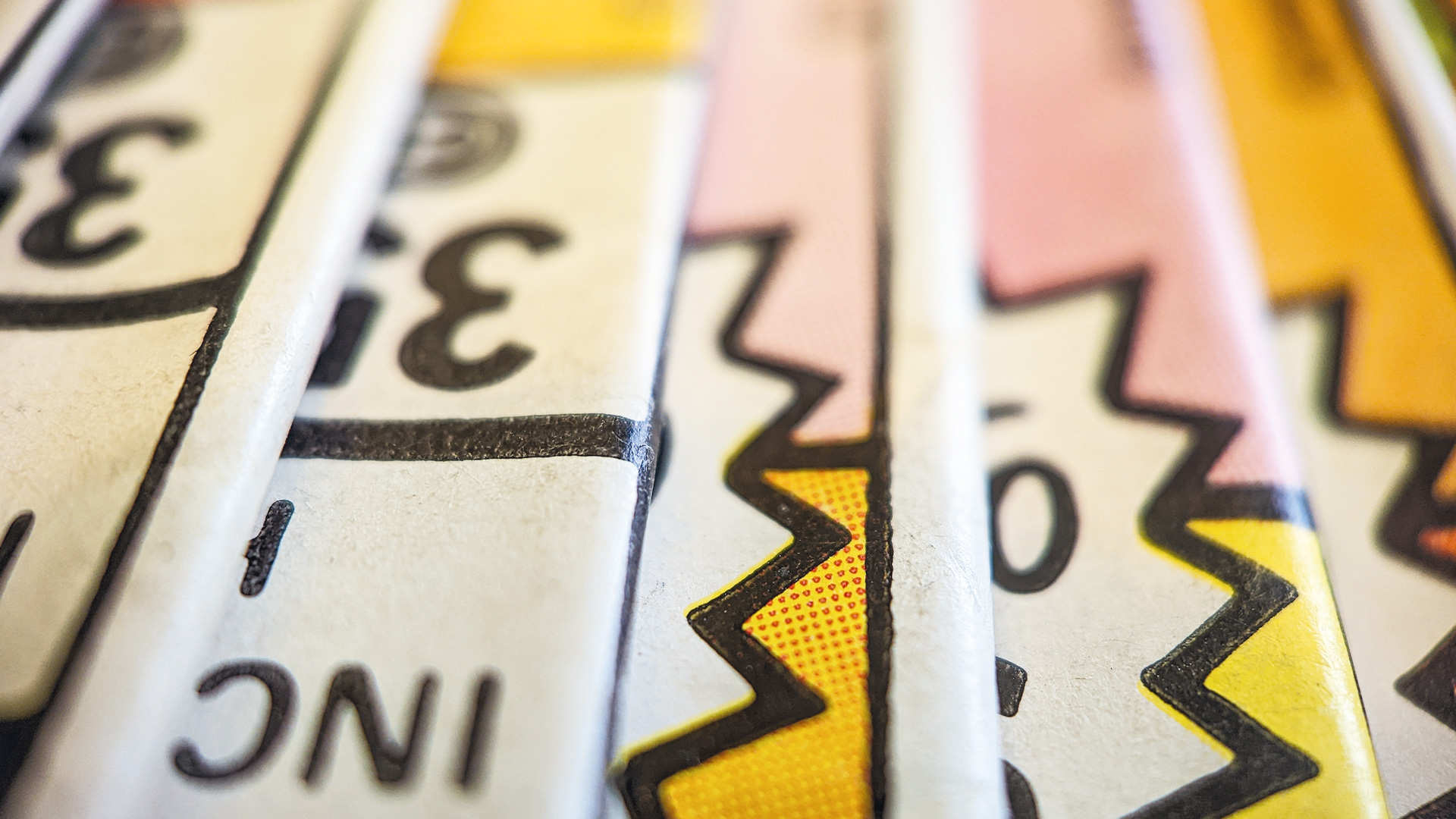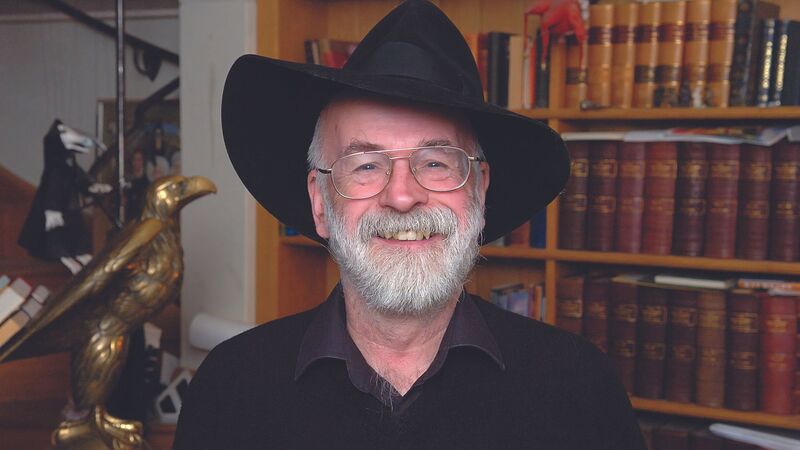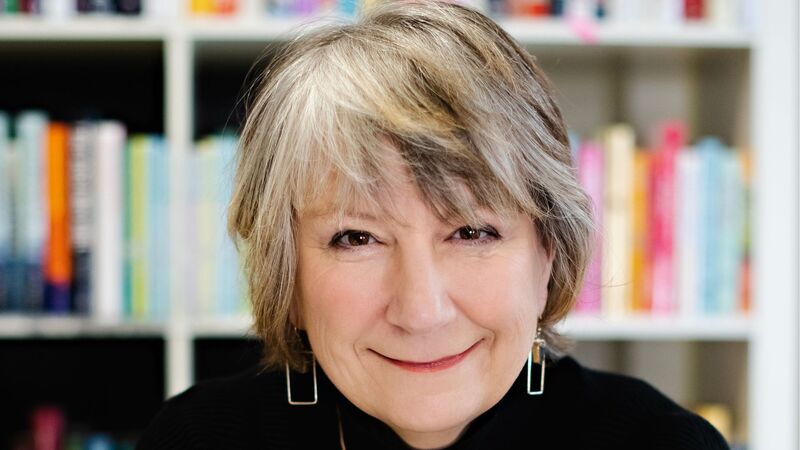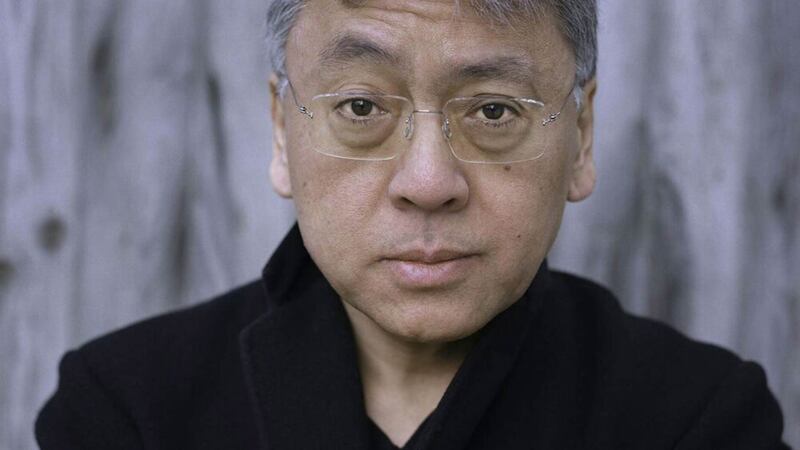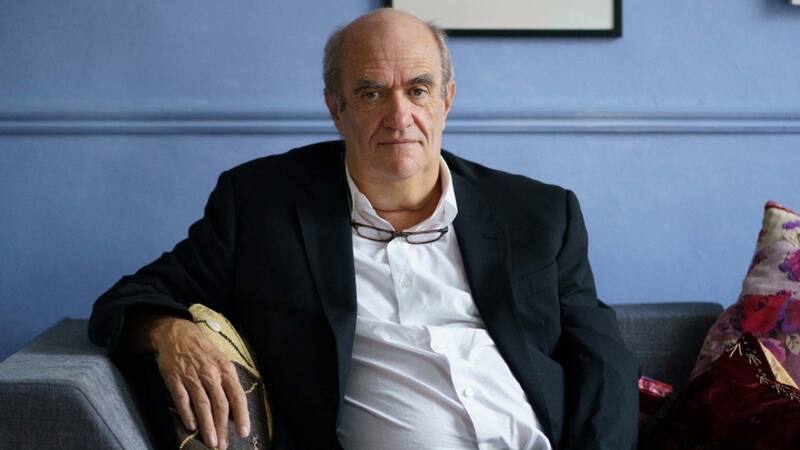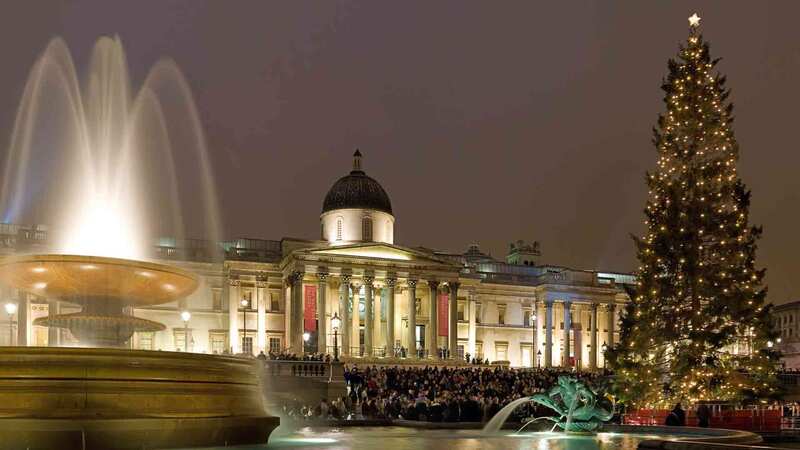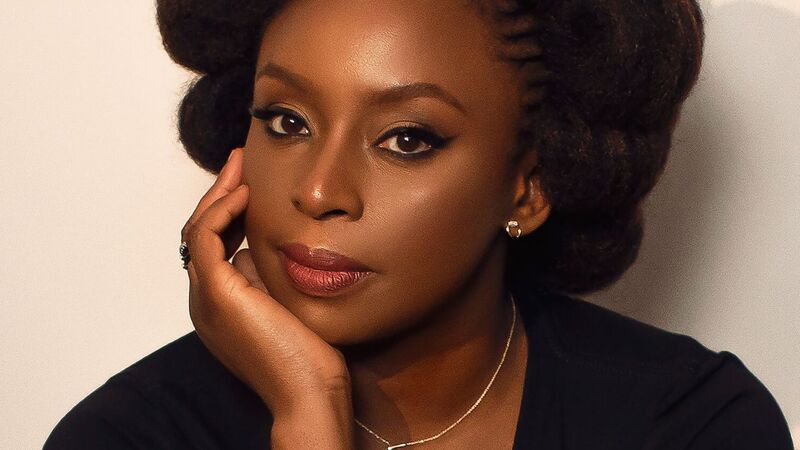You are viewing your 1 free article this month. Login to read more articles.
The perfect pairing
Accessible, inspiring and original, poetry comics are a gift to readers and publishers alike.
Why does everyone love a comic, but the literary world still treat it like a dirty word? For my money, any illustrated story that makes use of images and text – presented in boxes – is a comic. And the world of comics – or graphic novels if you insist – is now gaining real traction in the world of poetry. There’s never been a better time for publishers to grab a slice of this ever-growing (cow) pie.
According to The Bookseller, "graphic novel" sales in the UK passed the £50m mark for the first time in 2022, with sales totalling £53.2m. In North America comics are worth $1.2bn a year, with below half of those sales having nothing to do with superheroes. Not simply aimed at children, this is an audience that is growing amongst adults, with a recent report showing that the average reader age is 35. An increasing amount of these sales involve poetry – so where should publishers look for direction?
In recent years there have been several blockbuster responses to epic poems and historic movements. As you’d expect, the Beats feature highly; there’s The Beats: A Graphic History by Harvey Pekar (published by Hill and Wang) and Howl: A Graphic Novel (Penguin), by artist Eric Drooker, who takes apocalyptic brushstroke to Allen Ginsberg’s stentorian classic. This is a bold claim on the market, with a cover featuring a wolf howling at the moon – an apt clarion call for this nascent sub-genre.
Then there are the new rewildings of old poems which transform the work of traditionally "challenging" poets into a new experience. There’s The Drunken Sailor: The Life of the Poet Arthur Rimbaud in His Own Words by Nick Hayes, who takes his imagination even further in his version of Coleridge’s visionary epic, playfully retitled The Rime of the Modern Mariner (both Jonathan Cape). From page one there’s no putting this book down as we follow an office worker drifting through a polluted city. And speaking of pollution, what better treatment of The Waste Land could Eliot hope for than Martin Rowson’s noirish take, published by Seagull Books? Rowson is a poet himself and brings together his poetic ear with the legendary satirical drawings that have made his name. But here the focus isn’t on Eliot’s words, but rather the story of a detective called Chris Marlowe, who’s on the hunt to get to the bottom of the modernist mystery that is the poem itself. This comic isn’t about simply re-presenting a classic but creating an alternative world which lives alongside it – a great approach to inspire publishers looking for a new angle in this genre.
Poetry comics give publishers a whole new audience to appeal to, and with this being a relatively new area – named only in the 60s – there’s huge scope for publishers to shape this amorphous genre in distinctive ways
Related to these comics-cum-graphic novels is a more nascent sub-movement: poetry comics. This isn’t as new as it sounds, for although William Blake didn’t call his work "poetry comics" this aptly describes what he was doing by bringing words and images together on the page. For Chrissy Williams, the UK’s leading exponent and ambassador for this fusion of comics and poetry (and co-editor with Tom Humberstone of Over the Line: An Introduction to Poetry Comics), these hybrid works contain "the idea of bringing the two mediums together [and] therefore serves as a metaphor for the increasing democratisation of artforms that we see occurring around us". This democratising potential of poetry comics make for some of the highest sales within poetry, with the always popular – and critically acclaimed – Anne Carson working as a luminary in this area. Her comic book versions of Antigonick and The Trojan Women: A Comic are published in the States with New Directions and in the UK with Bloodaxe. Carson’s embracing of comics has spurred a whole generation of young poets to reimagine what creativity in poetry can look like.
And speaking of the next generation, poetry comics are great resources for teachers to use to close the attainment gap for English GCSE. By showing students the comic versions of poems by Owen, Sassoon and Hardy that are gathered in Above the Dreamless Dead: World War I in Poetry and Comics (Roaring Brook Press) poems can be slowed down and visualised, giving everyone a chance to get a handle on them. Comic book versions of great poems bring extra movement to the originals, creating a dialogue between word and eye which has the potential to catch hold of imaginations that may otherwise find difficult words alone on a page – well, difficult. There’s great potential for educators here.
Williams is right to suggest that whereas poetry came of the modernist grinder with something of a high-brow twizzle to its moustache, comics got stuck with the stereotype of being about superheroes and free gifts. Both benefit from each other. Poetry comics give publishers a whole new audience to appeal to, and with this being a relatively new area – named only in the 60s – there’s huge scope for publishers to shape this amorphous genre in distinctive ways. Why not pair together a comics artist and poet to give them free rein to let their imaginations run wild? Or pick a literary classic for a creative reworking? Or commission an artist to present GCSE poems as comics? In the words of Blake, "The eye altering, alters all".






